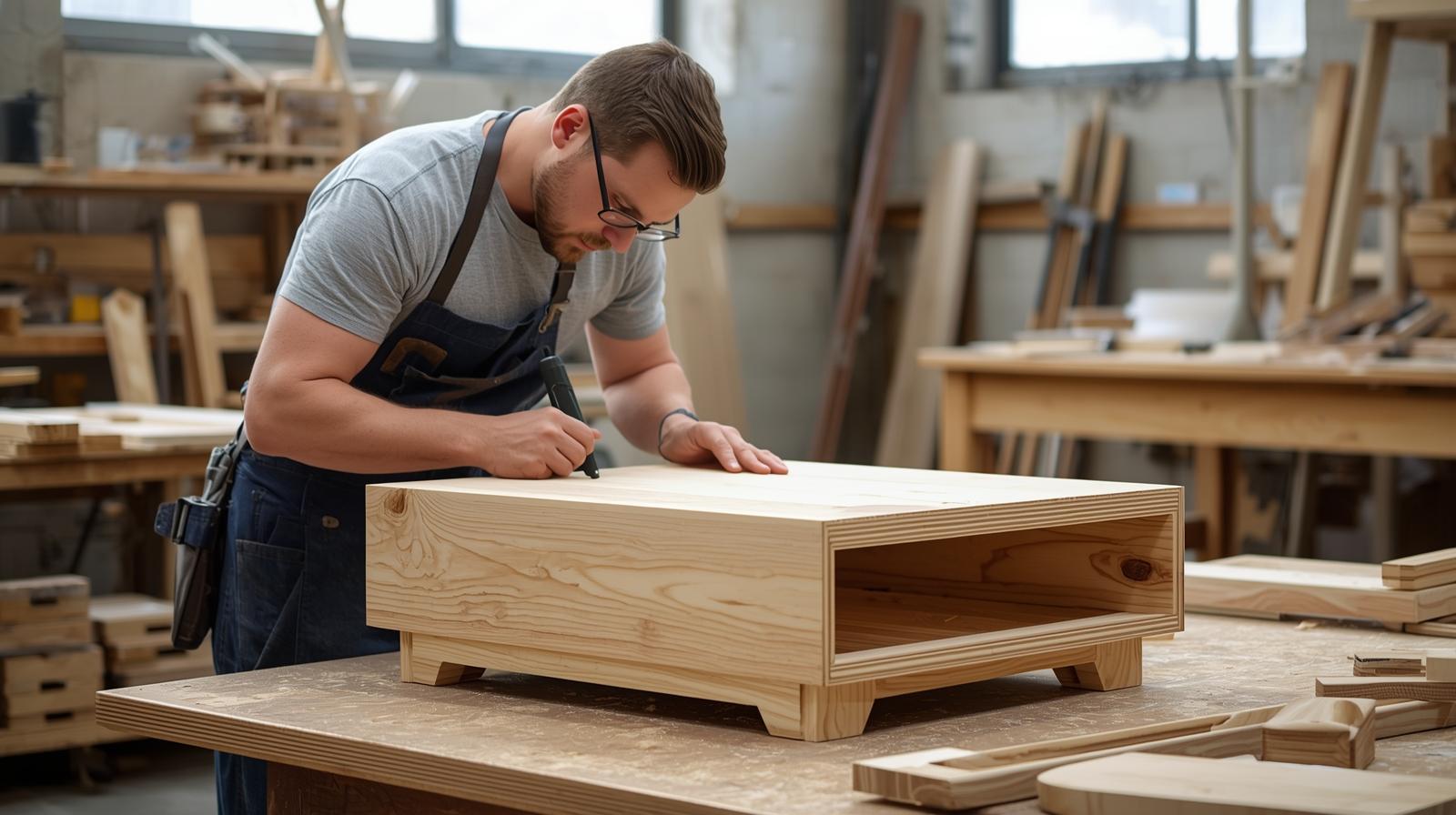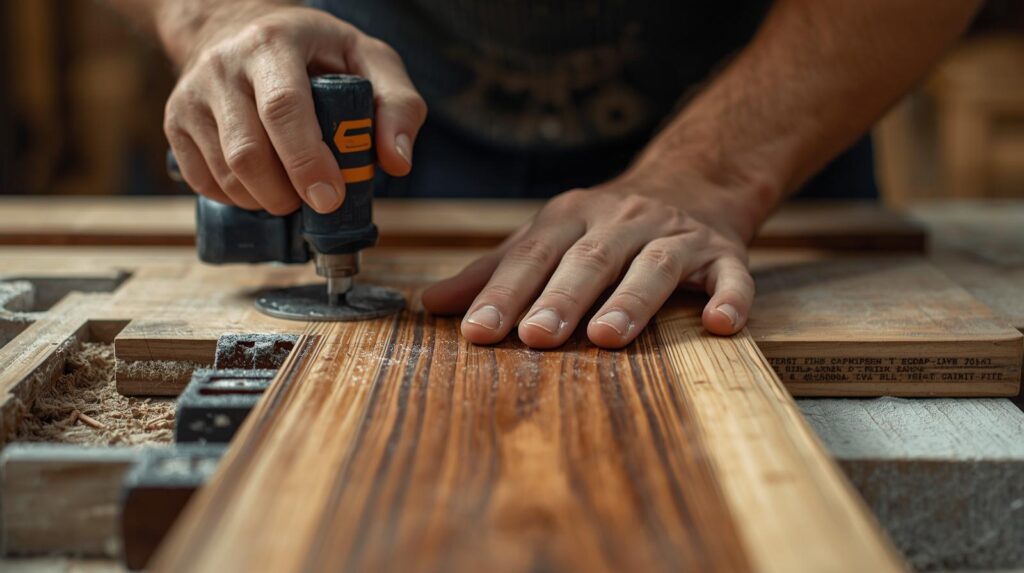
Carpentry is one of the oldest and most respected trades in the world. From building homes to creating custom furniture, carpenters play a vital role in shaping the spaces we live and work in. At Glorious Service, carpentry is not just about cutting and joining wood; it’s about precision, craftsmanship, and bringing ideas to life.
If you’ve ever wondered “What are the three types of carpentry?” the answer lies in understanding the different branches of this profession. Each type of carpentry comes with unique skills, tools, and applications. In this article, we’ll explore the three main types of carpentry, their importance, and how Glorious Service delivers expert solutions in all of them.
Understanding Carpentry
Before diving into the three main types, it’s important to understand what carpentry really is. Carpentry involves working with timber, wood, plywood, and other materials to construct, repair, or design structures and furniture. Carpenters can specialize in different areas depending on the kind of projects they handle.
The three main types of carpentry are:
- Rough Carpentry
- Finish Carpentry
- Cabinetmaking and Furniture Carpentry
Let’s break each one down in detail.
1. Rough Carpentry
Rough carpentry is the backbone of construction. It involves creating the structural framework of buildings and large projects. Unlike finish carpentry, which focuses on details and aesthetics, rough carpentry is all about strength and durability.
Key Features of Rough Carpentry
- Focuses on the structural integrity of buildings.
- Uses heavy timber, beams, and plywood.
- Involves large-scale projects such as roofing, flooring, wall framing, and decking.
- Requires knowledge of blueprints, measurements, and load-bearing structures.
Examples of Rough Carpentry
- Building a house frame.
- Constructing roof trusses.
- Installing subfloors.
- Creating wooden supports for large buildings.
At Glorious Service, skilled carpenters ensure rough carpentry projects meet safety standards and stand strong for decades. Every measurement is precise, and every joint is designed to withstand pressure.
2. Finish Carpentry
Finish carpentry is where functionality meets beauty. After the rough structure is built, finish carpenters step in to add the final touches. This type of carpentry focuses on aesthetics, detail, and design.
Key Features of Finish Carpentry
- Brings polish and style to a project.
- Uses fine-quality timber, laminates, and decorative materials.
- Involves detailed measurements and precision cutting.
- Enhances the look and usability of homes and offices.
Examples of Finish Carpentry
- Installing doors, windows, and trims.
- Designing and fitting modular kitchens.
- Custom staircases and wooden flooring.
- Decorative molding and wall paneling.
At Glorious Service, finish carpentry is treated as an art form. From sleek modern interiors to traditional woodwork, our carpenters create elegant designs that transform ordinary spaces into extraordinary ones.
3. Cabinetmaking and Furniture Carpentry
The third type of carpentry focuses on building furniture and cabinets. This branch combines creativity, functionality, and craftsmanship.
Key Features of Furniture Carpentry
- Specializes in custom-made furniture.
- Requires a strong eye for design and detail.
- Uses materials like plywood, hardwood, veneer, MDF, and laminates.
- Creates both functional and decorative pieces.
Examples of Cabinetmaking and Furniture Carpentry
- Custom wardrobes and almirahs.
- Stylish dining tables and chairs.
- Bookshelves, study tables, and office furniture.
- Kitchen cabinets and storage solutions.
Glorious Service carpenters excel in furniture carpentry, ensuring every piece is durable, ergonomic, and matches the client’s style. Whether you need a modern modular wardrobe or a classic wooden bed, the workmanship speaks for itself.
Why These Three Types of Carpentry Matter
Each type of carpentry plays a unique role in construction and interior design.
- Rough Carpentry provides strength and stability.
- Finish Carpentry adds beauty and refinement.
- Furniture Carpentry brings comfort and functionality.
When combined, these three types ensure that every project—whether it’s a new home, an office space, or a renovation—comes out strong, stylish, and practical.
Skills Required in Each Carpentry Type
Carpenters at Glorious Service are trained in all three types of carpentry, but each category demands a unique skill set.
Skills for Rough Carpentry
- Blueprint reading
- Structural design knowledge
- Heavy-duty tool handling
Skills for Finish Carpentry
- Precision cutting and measuring
- Eye for design and symmetry
- Knowledge of decorative woodwork
Skills for Furniture Carpentry
- Creativity and design sense
- Polishing and finishing expertise
- Experience with joinery and fittings
Tools Used in Carpentry
Though tools may vary depending on the type of carpentry, common tools include:
- Hand tools: hammer, saw, chisels, screwdrivers
- Power tools: drills, circular saws, jigsaws, sanders
- Measuring tools: tape measure, levels, squares
- Finishing tools: polishers, planers, paint brushes
At Glorious Service, carpenters use a mix of traditional tools and modern equipment to ensure accuracy and perfection.
Modern Carpentry Trends
Carpentry has evolved over the years. Today, clients prefer designs that are space-saving, eco-friendly, and stylish.

Some modern trends include:
- Modular furniture
- Foldable wooden designs
- Smart storage solutions
- Sustainable woodwork
- Minimalist interiors
Glorious Service carpenters stay updated with these trends to deliver solutions that fit modern lifestyles.
Benefits of Choosing Glorious Service for Carpentry
When it comes to carpentry, experience and precision matter the most. Here’s why people trust Glorious Service:
- Expertise in all three types of carpentry.
- Customized solutions based on client needs.
- Use of high-quality, durable materials.
- Professional finish and attention to detail.
- Affordable pricing with reliable service.
Glorious Service, carpenters
Carpentry is more than just working with wood—it’s about creating spaces that are strong, stylish, and functional. The three types of carpentry—rough carpentry, finish carpentry, and furniture carpentry—are equally important. Each one has its own role, and together they complete the art of construction and design.
At Glorious Service, carpenters are trained to handle all three areas with precision and creativity. From building strong frameworks to designing elegant interiors and crafting durable furniture, we deliver excellence in every project.
So, next time you think of carpentry, remember that it’s not just one trade—it’s a combination of skills, art, and science that shapes the spaces around us.
